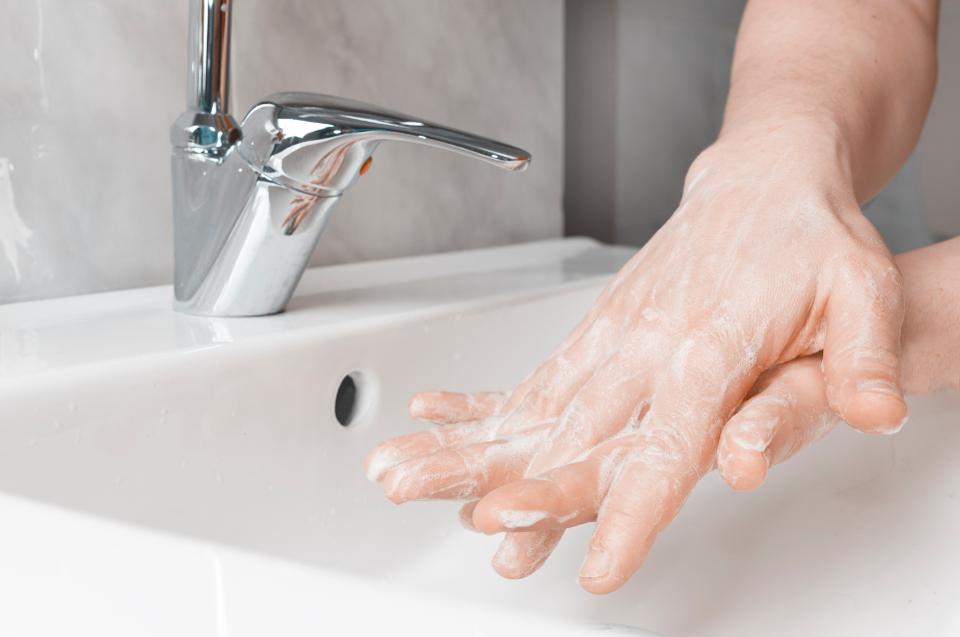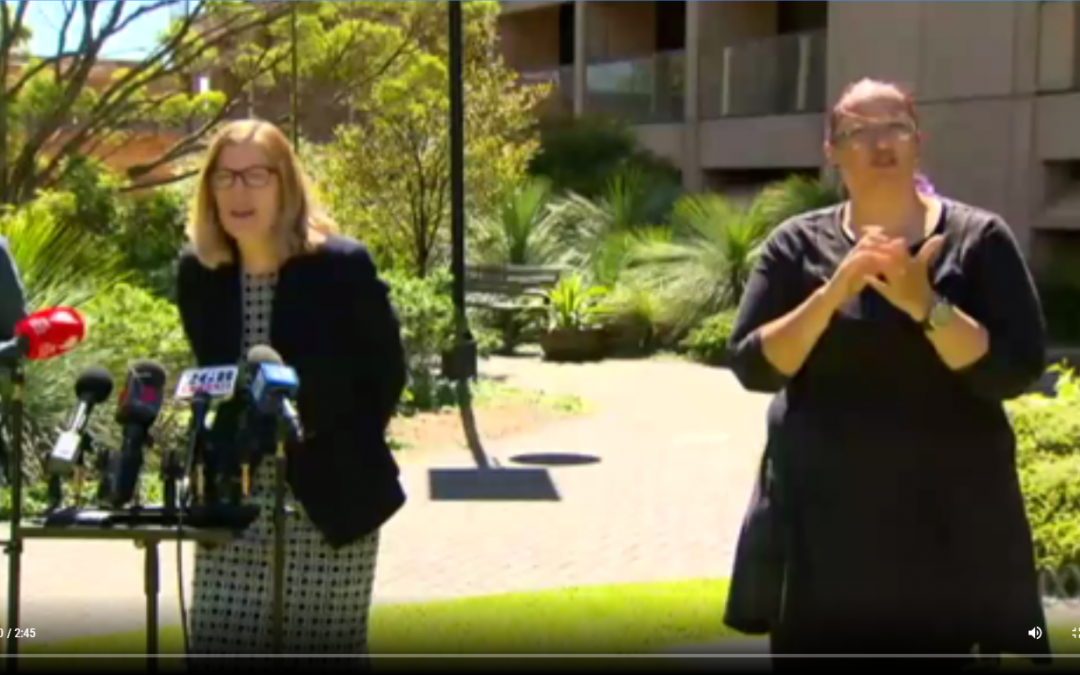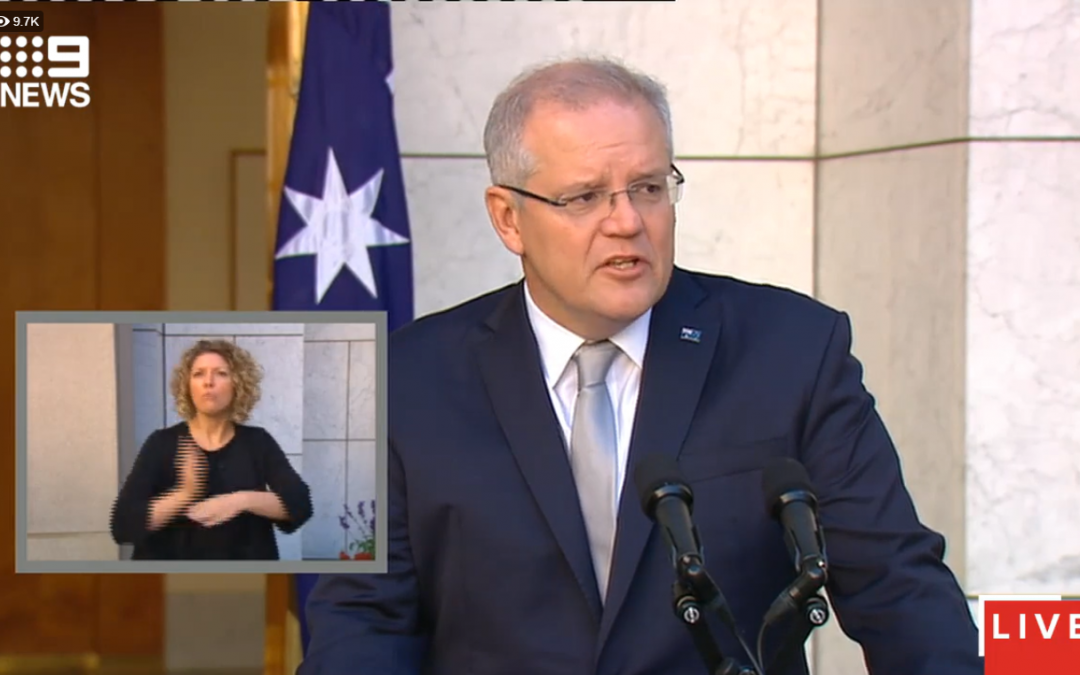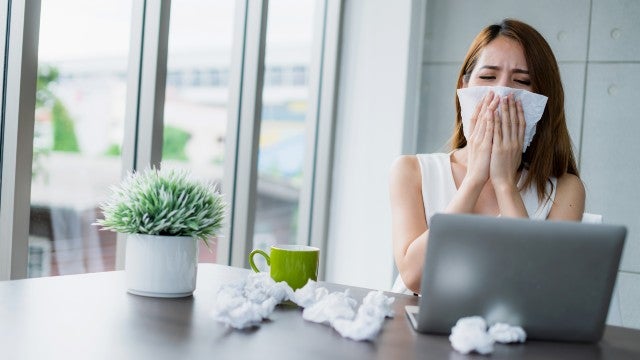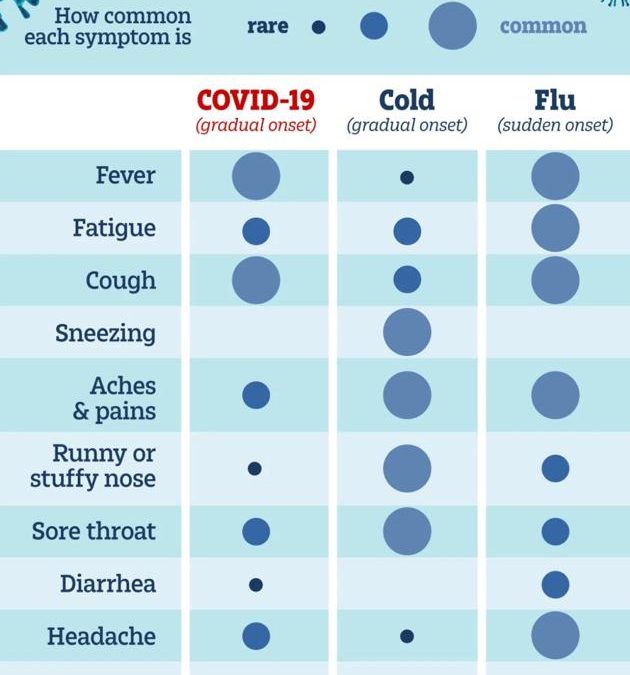
Protecting your business and supply chain from the effects of Coronavirus (COVID-19)

Protecting your business and supply chain from the effects of Coronavirus (COVID-19)
BY NATIONAL LOTTERIES AND NEWSAGENTS ASSOCIATION

18th March 2020
Dear Retailers,
Coronavirus (COVID-19) has disrupted the global supply chain and as the virus spreads globally it has also affected a change in consumer behaviour. To deal with both effectively retailers must continue to adapt quickly where possible to ensure consumers have access to goods and services.
Retailers will also need to adapt quickly to changing real world circumstances. We have already seen this in Australia, where panic has caused toilet paper to sell out in many major stores, and online retailer ‘Who Gives A Crap’ seeing a 1000x growth in orders almost overnight.
Reacting flexible to changing conditions can make all the difference in how a crisis like this is survived by retailers. Here are some of my tips on how to respond.
Accept backorders of products that are temporarily out of stock
It may not be your current policy to accept backorders for out of stock items for a variety of reasons. But you may want to reconsider as the virus has a continued impact on global distribution. If an item is out of stock and you don’t list it on your website, you’re losing a sale. If you can take a back order and include appropriate messaging about when it’s likely to be fulfilled, then you’re holding on to a customer you might otherwise lose. Once again, the level of effort will be determined by the quality of your OMS. This should be a simple change in workflow, not a major development effort.
Quickly add alternate drop ship vendors to your fulfillment network
There are also ways to remain agile beyond your current fulfillment network. Consider adding new Drop Ship Vendors (DSVs) who can handle the fulfillment without impact on your current distribution centers or store network. Of course, you’ll need to be able to track and manage this through your OMS so be sure it’s set up to easily scale when needed.
Control quickly and easily how much stock is sent to locations affected by stores closures and absent staff
On the flip side, you can also temporarily change how much stock is sent to locations that might be impacted by the virus and the measures put in place to slow its spread. For example, a location may have reduced capacity because of too many absent staff. This doesn’t need to involve a permanent change to your fulfillment strategy. Adjusting volumes sent to each location should be a simple function of your OMS.
Tweak your fulfillment biases to account for the spread of out of stocks on high volume items
When it’s business as usual, if an item is out of stock at one store, you might ship it from the next nearest store. But a virus or other natural disaster is different.
Often there’s a surge in in-store foot traffic for high volume items. Once stock has run out, customers will travel to nearby locations. So rather than shipping from nearby stores that may also see a spike in demand, you may want to adjust your fulfillment rules. Have online orders shipped from locations further away instead. That way, you can be in-stock more often to meet local in-store demand.
On the other hand, if you are a retailer trading in non-essentials and are seeing a drop in foot traffic and in store sales, now is the time to fulfil online orders from stores that are struggling to shift their stock, meeting increased demand online at the same time.
Clear communications with customers
Coronavirus panic is widespread with misinformation and human behaviour issues contributing to the shortage, which is why retailers must communicate clearly on a number of issues to allay public concerns.
With evolving reporting, the public remain concerned about their health, going to lengths of even avoiding products from affected countries due to concern they may be infected with the virus. Retailers must take measures to reassure and educate customers that they cannot catch the virus from a product. Use reputable sources to back up the information you provide your customers with to help alleviate their concerns whilst acknowledging the seriousness of the situation.
To address this fully, retailers must ensure their communications in writing, through any marketing and by staff are transparent and clearly worded, and address any myths that might be circulating around produce and country of origin.
Avoid public spaces
With major events such as the Australian Grand Prix and NRL and AFL season openers cancelled or in doubt, and images of empty airports circulating online, Australian retailers must now begin to plan for the potential that consumers begin to avoid public spaces including shopping centres.
In the U.S. Amazon Fresh and Amazon Prime have reported a surge in demand, pointing to signs that shoppers are already avoiding brick-and-mortar stores.
If Australians begin to isolate, whether by choice or by advice, there will be a similar spike in demand for deliveries, and retailers must be prepared. IHL Group is predicting the trend to optimise click-and-collect and delivery will double from retailers as a result of consumers seeking to avoid crowds into June 2020.
The retailers that have an advantage will be those who are set up to dispatch from local stores and are not as reliant on those who operate from a central warehouse.
In Conclusion
Remember, the Coronavirus, like any other virus, has a lifecycle. This is not a permanent state of affairs. It’s a serious, but temporary crisis. Proactive retailers will need flexible systems that are easy to change and can automate optimal order routing. Success will depend on the agility and scalability of your systems.
For more information or advice visit: https://nlna.infusion121.com/covid-19/
Regards

Brendan Tohill
CEO
NLNA


